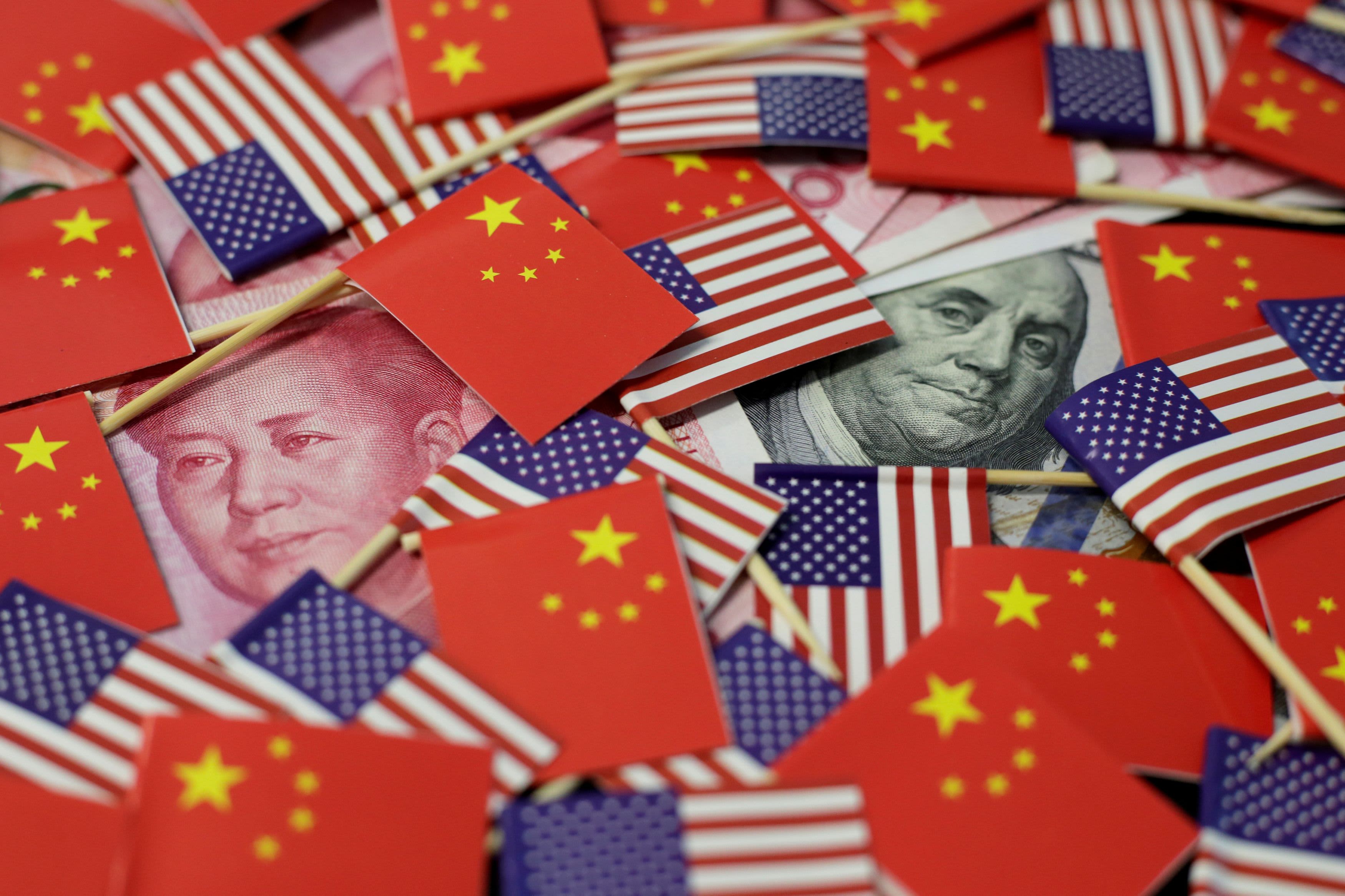BEIJING — Investors are putting billions of dollars more into U.S. stock funds than Chinese ones, according to data from fund research firm EPFR Global.
“The baton seems to be getting handed over,” said Cameron Brandt, director of research at EPFR, in an interview Friday. “A lot of investors think the short term play is the U.S., where the stimulus is ramping up, versus China, where there are signals a more prudent take will be taken, especially in the second half of the year.”
U.S. stocks plunged in March 2020 as worries about the coronavirus pandemic’s impact on economic growth gripped the markets. By that time, China was on its way to controlling the domestic spread of the virus and the economy returned to growth in the second quarter.
Now, roughly a year out, global investors are reassessing their outlook on both countries.
Since U.S. President Joe Biden took office in late January, the White House has launched additional stimulus of $1.9 trillion and announced a $2 trillion infrastructure spending plan. The Biden administration has also maintained a tough stance on China, which creates a political overhang for U.S. investment in Chinese assets.
Interest in U.S., China funds jump
But in a global context, U.S. and China stock funds are the two regions that have attracted the most inflows from international investors over the past two quarters, Brandt said.
“Both fund groups have seen a significant jump in interest since the middle of last year,” he said. “China funds got the initial jump but U.S. came roaring back.”
Net cumulative flows to U.S. stock funds since the beginning of 2020 were negative until November, according to EPFR data. The flows turned positive in the weeks following the U.S. presidential election, and reached $170 billion in the week ended April 7.
In contrast, Chinese stock funds saw net positive cumulative flows for much of last year that exceeded U.S. levels — until December. Net cumulative flows to Chinese stock funds as of the week ended April 7 were just $29.78 billion, according to EPFR.
The data company is a subsidiary of Informa Financial Intelligence and claims to tracks over 100,100 investment funds worldwide with more than $34 trillion in total assets.
It’s not over for China inflows
While U.S. stocks have climbed to fresh records this year, the Shanghai composite is little changed since December. Millions of new investors piled into the mainland stock market last year amid a surge in local stocks, stirring concerns of excessive speculation.
In the last several weeks, Chinese authorities have warned repeatedly of financial market risks.
Analysts have said Beijing’s 6% GDP growth target for the year and other economic indicators signal that rather than focusing on high-speed growth, policymakers are intent on cracking down on long-term problems such as high reliance on debt.
“We have seen flows to China funds tail off recently,” Brandt said. “It seems there’s a certain amount of skepticism even though headline growth numbers seem pretty impressive compared to everywhere else, China is still seen as vulnerable (if) monetary conditions tighten before the end of the year.”
Still, he expects funds will continue buying Chinese assets given strong demand from retail investors since the middle of last year.
History indicates it would take an extreme event to dent that retail interest. Brandt said the last time there was such a surge in retail buying, it didn’t end until the mainland Chinese stock market crashed in 2015.
The Chinese government would also like to boost investor participation in the local stock market by making it easier for companies to go public, and encouraging foreign institutions to invest.
— CNBC’s Yen Nee Lee contributed to this report.
